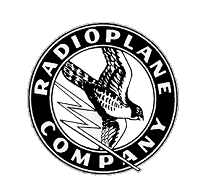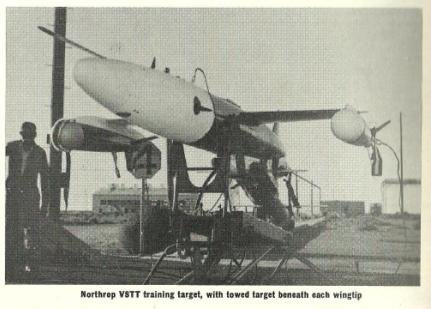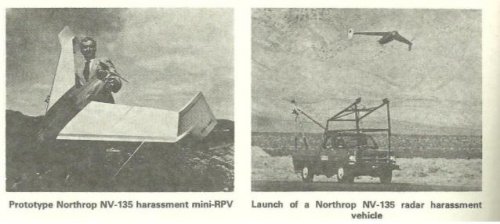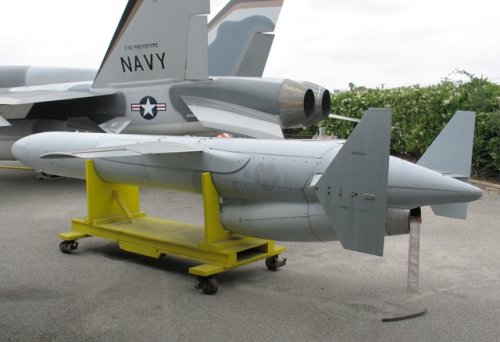- Joined
- 25 June 2009
- Messages
- 14,141
- Reaction score
- 4,333
The name Radioplane will forever be associated with Reginald Denny (1891-1967). Born Reginald Leigh Dugmore in Richmond, Surrey, England, Denny served with the British Royal Flying Corps during World War I, and after the war emigrated to the United States to seek his fortunes in Hollywood as an actor. Denny had made a name for himself and became a well-known actor in silent films. With the advent of talkies in the 1930s, he became a character actor, and between acting jobs, he pursued his interest in radio control model aircraft.
Denny and his business partners formed Reginald Denny Industries and opened a model plane shop in 1934 on Hollywood Boulevard known as Reginald Denny Hobby Shops. His most famous model, the Dennyplane, enjoyed great success throughout the 1930s. The shop evolved into the Radioplane Company. Denny believed that low-cost radio-controlled model airplanes would be very useful as aerial targets for antiaircraft gunnery training by the Army Air Corps. In 1935 he demonstrated a prototype target drone, the RP-1, to the US Army. Denny then bought a design from Walter Righter in 1938 and began marketing it to hobbyists as the Dennymite, and demonstrated it to the Army as the RP-2, and after modifications as the RP-3 and RP-4 in 1939. In 1940, the Army placed an order for 53 RP-4s, designating them the OQ-1, the "OQ" meaning a "subscale target". This small order led to a much bigger 1941 order from the US Army for the company's similar RP-5, which became the US Army OQ-2. The US Navy also bought the drone, designating it TDD-1 or "Target Drone Denny 1".
Thousands of Radioplane target drones were built, manufactured in a plant at the Van Nuys Airport in the Los Angeles metropolitan area. They became in effect the world's first mass-produced UAVs, although the term did not exist (they were refered to only as target drones). It was at this factory that in 1944 Army photographer David Conover saw a young lady named Norma Jeane, and thought she had potential as a model. This "discovery" led to fame for Jeane, who soon changed her name to Marilyn Monroe...
In 1952, Radioplane Co. became the Radioplane Division of Northrop Aircraft, Inc. During the 1960s, the Radioplane Division became known as the Northrop Corporation's Ventura Division (or Northrop-Ventura), but the numbering system carried on unchanged, with just the prefix "RP-" being replaced by "NV-".
(list removed and soon replaced by more up-to-date version)
More on Reginald Denny: http://en.wikipedia.org/wiki/Reginald_Denny_(actor)
All about the Radioplane story: http://www.ctie.monash.edu.au/hargrave/denny.html
Denny and his business partners formed Reginald Denny Industries and opened a model plane shop in 1934 on Hollywood Boulevard known as Reginald Denny Hobby Shops. His most famous model, the Dennyplane, enjoyed great success throughout the 1930s. The shop evolved into the Radioplane Company. Denny believed that low-cost radio-controlled model airplanes would be very useful as aerial targets for antiaircraft gunnery training by the Army Air Corps. In 1935 he demonstrated a prototype target drone, the RP-1, to the US Army. Denny then bought a design from Walter Righter in 1938 and began marketing it to hobbyists as the Dennymite, and demonstrated it to the Army as the RP-2, and after modifications as the RP-3 and RP-4 in 1939. In 1940, the Army placed an order for 53 RP-4s, designating them the OQ-1, the "OQ" meaning a "subscale target". This small order led to a much bigger 1941 order from the US Army for the company's similar RP-5, which became the US Army OQ-2. The US Navy also bought the drone, designating it TDD-1 or "Target Drone Denny 1".
Thousands of Radioplane target drones were built, manufactured in a plant at the Van Nuys Airport in the Los Angeles metropolitan area. They became in effect the world's first mass-produced UAVs, although the term did not exist (they were refered to only as target drones). It was at this factory that in 1944 Army photographer David Conover saw a young lady named Norma Jeane, and thought she had potential as a model. This "discovery" led to fame for Jeane, who soon changed her name to Marilyn Monroe...
In 1952, Radioplane Co. became the Radioplane Division of Northrop Aircraft, Inc. During the 1960s, the Radioplane Division became known as the Northrop Corporation's Ventura Division (or Northrop-Ventura), but the numbering system carried on unchanged, with just the prefix "RP-" being replaced by "NV-".
(list removed and soon replaced by more up-to-date version)
More on Reginald Denny: http://en.wikipedia.org/wiki/Reginald_Denny_(actor)
All about the Radioplane story: http://www.ctie.monash.edu.au/hargrave/denny.html
Attachments
Last edited:




